From what started as a simple idea whilst observing ants, has spawned three previously beloved games where zen and tranquillity are combined with strategy and time management to a masterful degree. Almost 25 years on, however, and audiences have either moved on, or completely missed the opportunity to explore the timeless world Shigeru Miyamoto created. As such and, if like me, you are entering the universe of Pikmin for the very first time, one can not do any better than Pikmin 4.
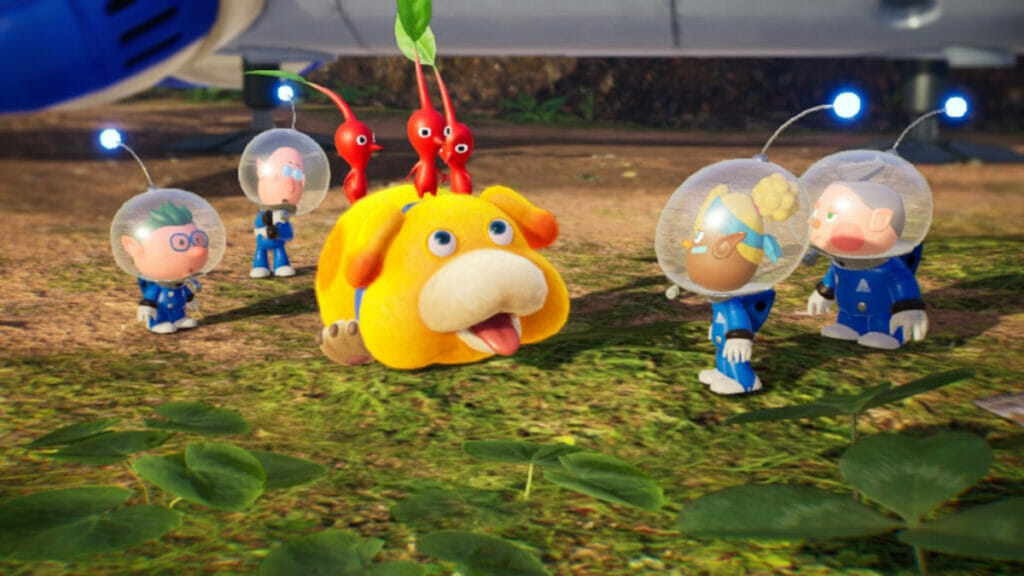
Pikmin 4 is a testament to how well scale can affect the overall vibe of a game. Players explore what is essentially a tiny version of a back garden on Earth, filled to the brim with household objects like old Game Boys, books, clocks, and kitchen utensils. At this scale, these items are gigantic, and might cause a mini panic whenever they move or when players need to utilise them to complete puzzles. In this way, the game is absolutely enthralling, which, when considering the overall peaceful nature of the game, is an unexpectedly happy premise.
Where previous titles put players in the role of the now-legendary Captain Olimar, Pikmin 4 instead lets players control their own unique character. In the game, it is the player’s job to rescue Olimar from one of his many crash landings (a series staple). Only this time, Captain Olimar is joined by a group of space travellers known as the Rescue Corps, who have also landed themselves in some trouble. As such, it is solely up to the player to explore a strange new planet called PNF-404 and collect any and all Pikmin along the way.
As with previous Pikmin titles, exploration is key to getting through the game, and discovery is, quite literally, what it is all about. The idea is to find and collect as many Pikmin (small and vibrantly coloured individuals) as humanly possible. Typically, players start by finding the red Pikmin, who are capable of harvesting plants to use and fight off enemies. As players progress, they will slowly start to collect yellow, blue, and the new Ice or glow Pikmin variants, among many more. All collected Pikmin need to return to the alien-like Onion, where they live and create more of their kind. Choosing which Pikmin to carry along from the Onion at any one time is where some of the game’s strategy comes into play.
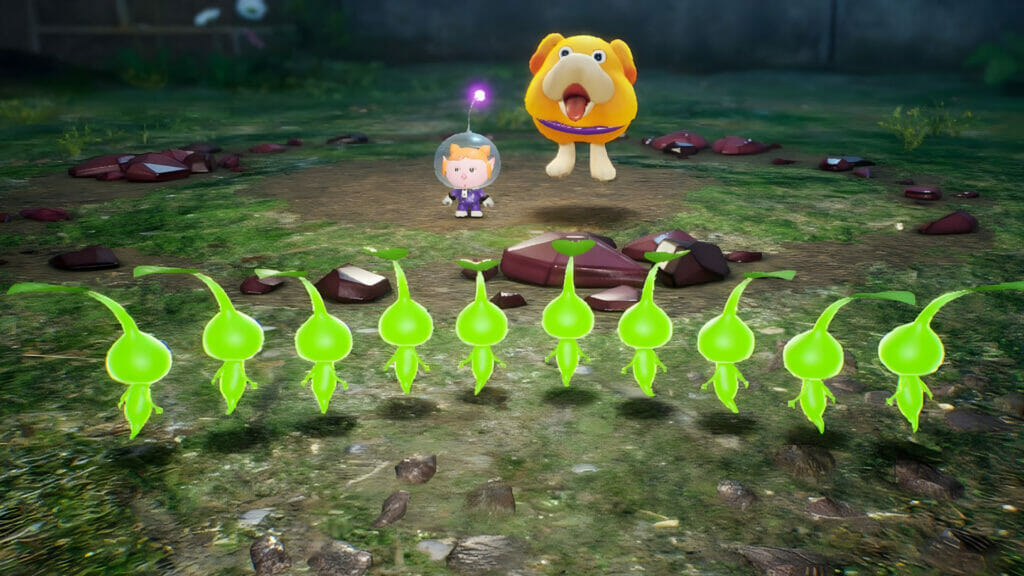
Like the red Pikmin variants who are fire resistant and essential to the growth of Onion, players need to utilise and collect as many of the other variants as possible. Each Pikmin type has their own unique attributes. Yellow Pikmin, for instance, can interact with electricity without being harmed, while Blue Pikmin can swim. Purple Pikmin tend to be heavier than others, making them perfect to utilise on seesaw-type puzzles, while White Pikmin can dig through certain terrain. There are many more variants, and figuring out which are best used is, simply put, one of the many joyous facets of Pikmin 4.
Otachi, a two-legged alien rescue dogo, is a new layer of gameplay setting the game apart from previous entries, where players can use him to explore their environments to a better extent. Collected Pikmin ride along on Otachi’s back, while players can use him to safely jump to higher ledges, swim across pools of water, and even get off to order Otachi to recover items they cannot otherwise get to. While it is obvious how Otachi’s addition to the franchise is a veiled attempt at approachability, his inclusion remains welcome. Besides, who does not like a good dogo?
In addition to the two new Pikmin variants and Otachi, Pikmin 4 also introduces a more rudimentary version of the Forza rewind function. Using this option allows players to immediately remedy any mistake they may have made during puzzle solving or exploration (such as yeeting white Pikmin directly into bodies of water, or red Pikmin into electric grids), but it largely remains under-utilised once players get the hang of things. It must be said how this function kind of contradicts the overall and more zen-like “learning as you go” approach the franchise is known for, but it is a nice-to-have addition; which will only aid in the game’s adoption rates as modern video game audiences join in on the fun.
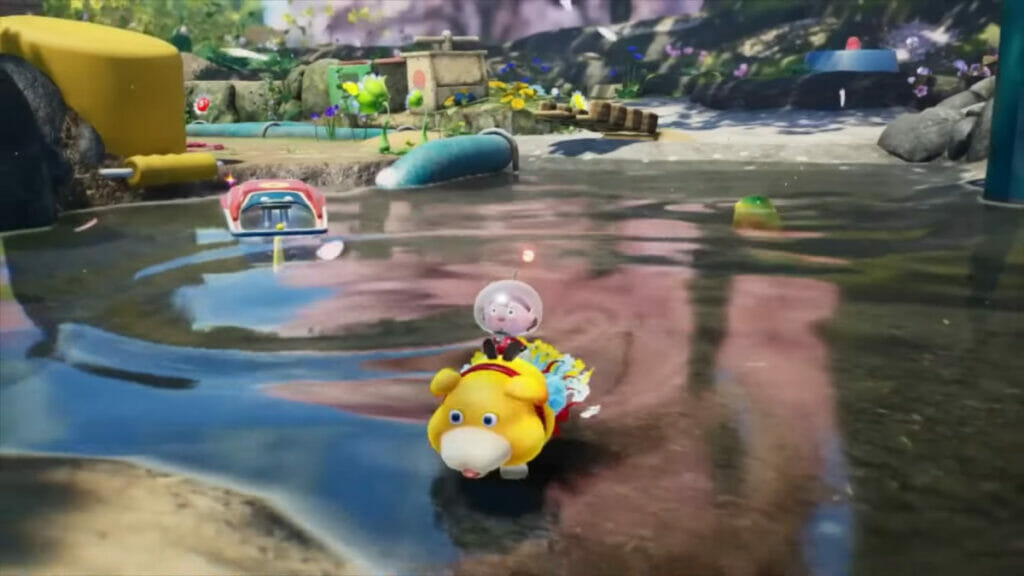
With all of that said, Pikmin has always been a franchise known for its notoriously challenging environmental puzzles. The caves from Pikmin 2 have been a particularly sensitive topic for long standing fans (not to mention a highly sought-after feature ever since). Well, as fortune would have it, caves do make a return in Pikmin 4! In 2, caves had a randomised element to them, making them a topic of much discussion at the time. In Pikmin 4, on the other hand, caves are entirely pre-built, but with added challenges and extreme-difficulty puzzles to keep players from rolling to sleep completely. Much like the open world, players can take three types of Pikmin along when they enter caves in Pikmin 4, and will have to utilise every brain cell they possibly have in order to come out the other end without going insane. These areas may be few and far between, but they absolutely let the strategy aspect of the game shine. Of some note is how well every facet of the game, such as Otachi, also comes together in the caves.
Another new inclusion in Pikmin 4 comes by way of night missions, where players require one or more Lumiknolls in order to earn medicine. This is where glow Pikmin come in very handy. Night missions are much shorter in comparison to cave challenges and normal day-time exploration, but they serve a double purpose: to showcase the absolutely stellar graphical leaps the franchise has made on the current generation of Nintendo consoles. Water has pretty reflections (throughout day and night), but seems to be accentuated beautifully at night, while shadows and darkness prevail wherever Glow Pikmin or Glow Seeds are not utilised. Similarly, enemies are terrifyingly gorgeous with their surreal alien-like designs.
In many ways, Pikmin 4 is an amalgamation of quality of life improvements and the best features from previous games. It benefits both veterans who – quite literally – grew up with the franchise as well as newcomers, like myself. While the narrative is admittedly quite light, the shining star here is the masterful marriage between zen and chaos. How a beautiful, calm and collected experience can turn into a frantic struggle to cling onto life and/or the last remaining Pikmin, and then fold all the way back like the chaos was some fever dream already long-forgotten. It truly is a marvel!
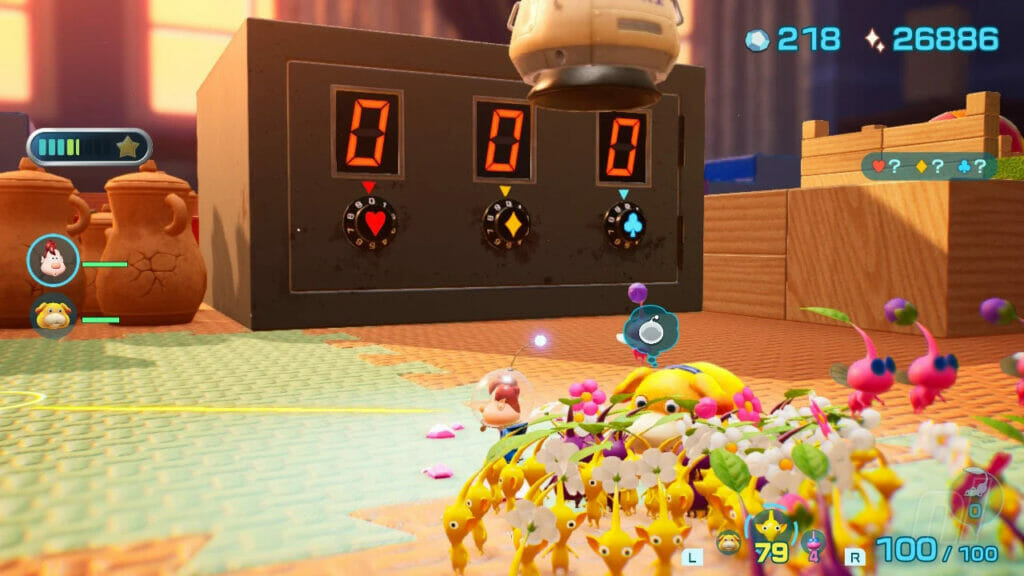
Pikmin 4 is, in all honesty, best experienced in short bouts, before bed, or perhaps during a bathroom break. The game does not overextend its welcome, per se, but the overall vibe of the game quite literally contradicts the ever-fleeting nature of humankind. It beckons to be enjoyed when one is most relaxed, else players beware all sorts of mishaps and misclicks (fortunately the Rewind feature exists now). There is no denying that Pikmin 4 is essential gaming for any Nintendo Switch owner. It is exceptional, and a wondrous surprise at that.
Verdict:
EXCEPTIONAL
| PROS | CONS |
| There really is not a more zen experience in triple-A gaming | Best experienced in short bursts |
| Perfect entry point for newcomers | |
| It looks stellar |
Title reviewed on Nintendo Switch with code supplied by Nintendo.
Review Methodology | Ethics Policy
Junior Editor at Vamers. From Superman to Ironman; Bill Rizer to Sam Fisher and everything in-between, Edward loves it all. He is a Bachelor of Arts student and English Major specialising in Language and Literature. He is an avid writer and casual social networker with a flare for all things tech related.

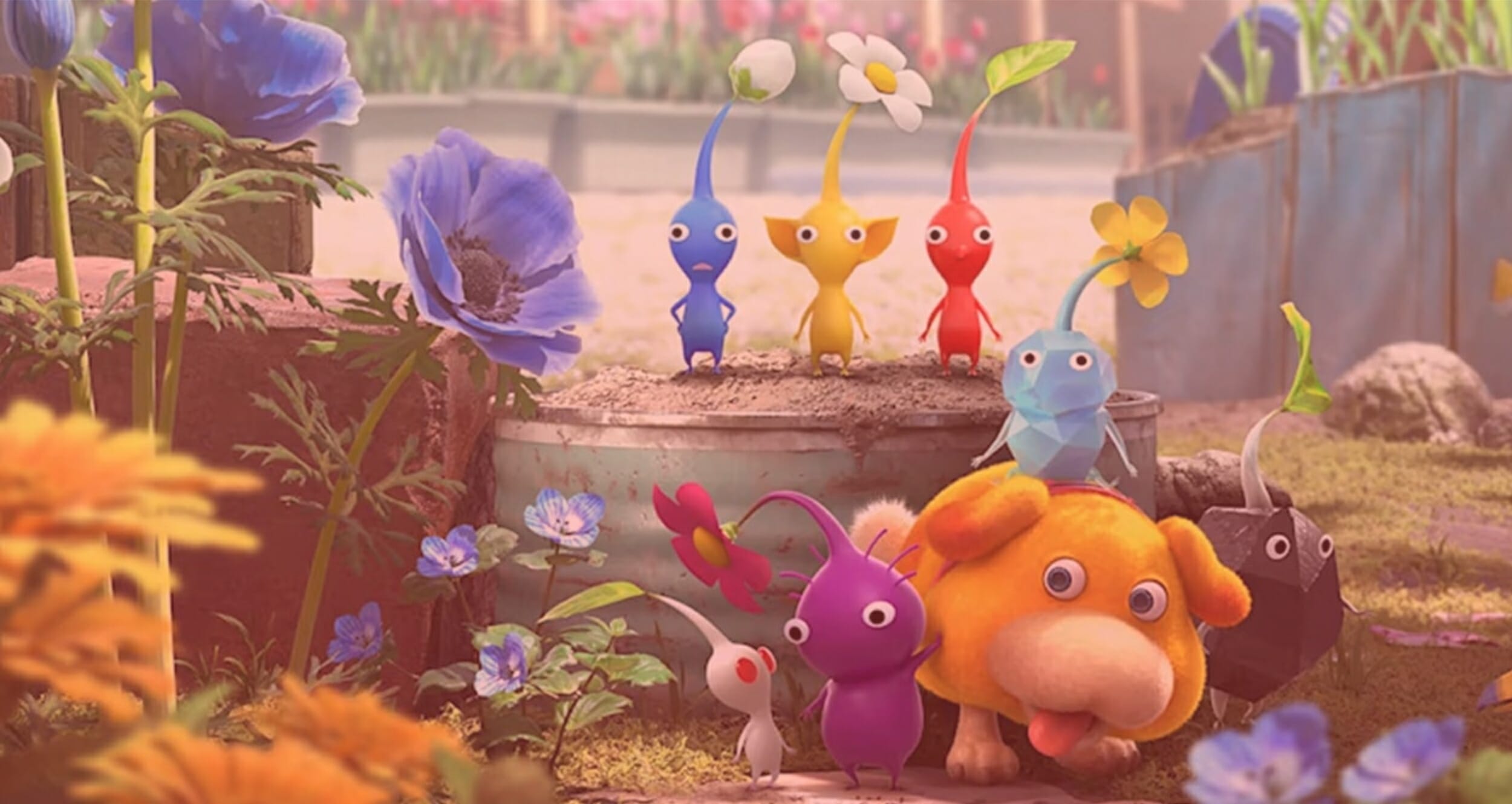












![Razer Kraken V3 Pro Review – Welcome to Boomtown [Redux]](https://vamers.com/wp-content/uploads/2022/07/Vamers-Technology-Razer-Kraken-V3-Pro-Review-Banner-218x150.jpg)






